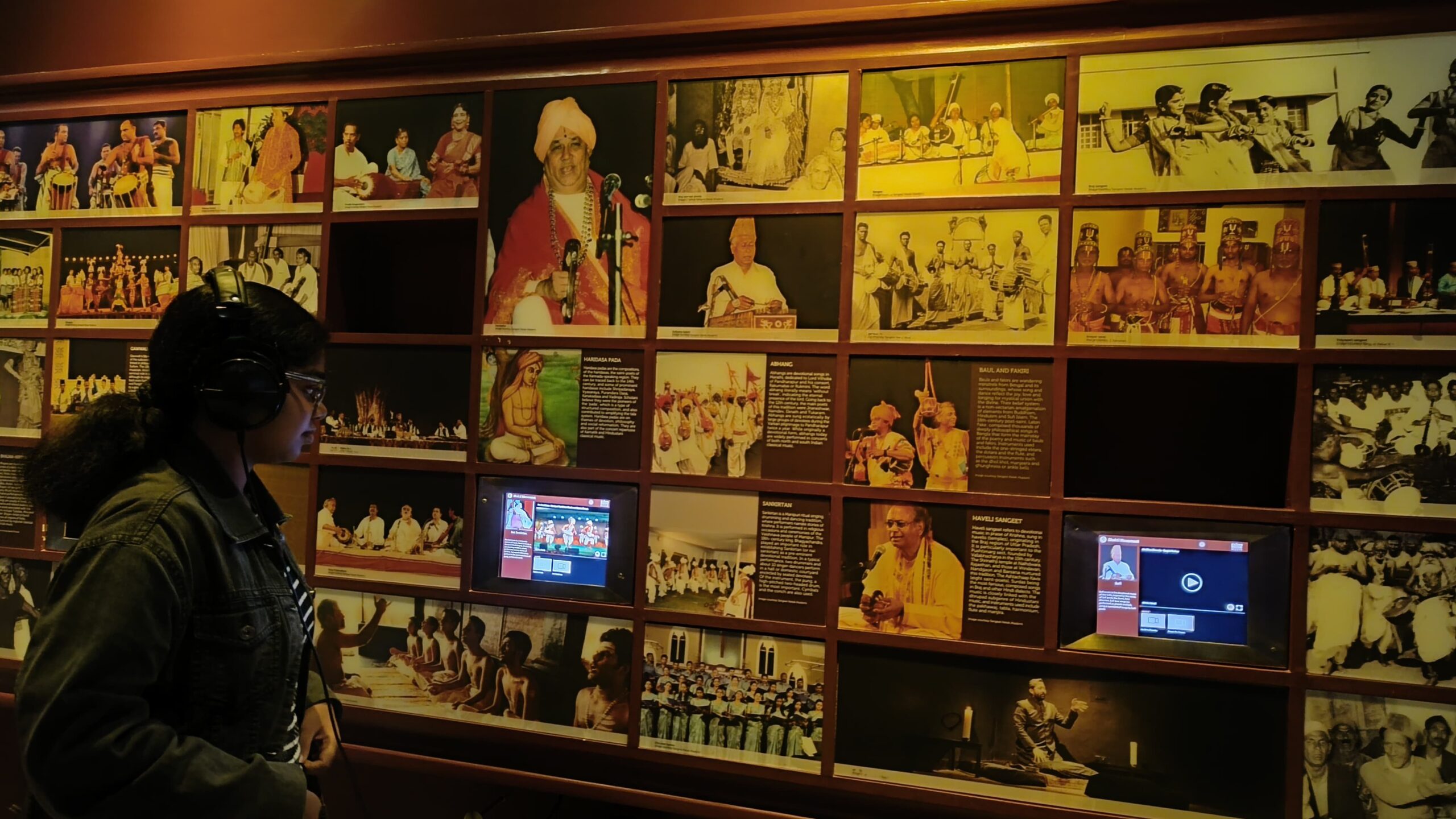The Indian Music Experience is not a museum. It’s a celebration of sound. A reminder that music isn’t something you study or own, it’s something you live. From whispers to symphonies, from humming to recording, from solitude to sharing, it’s all here. And it’s waiting to be heard.
Published Jun 09, 2025 | 8:00 AM ⚊ Updated Jun 09, 2025 | 8:00 AM

Where every note has a story: How the Indian music experience turns India’s sonic heritage into a living archive
Synopsis: The Indian Music Experience Museum in Bengaluru reimagines music not as a preserved relic, but as a living force. Tracing its roots to nature’s earliest sounds, IME invites visitors to experience rhythm, not just study it. Through immersive exhibits, it brings alive the evolution of Indian music—making it personal, participatory, and profoundly human from the very first note
Long before words were written or instruments invented, there was sound. The rustle of leaves, the rush of water, the cry of birds—nature’s earliest music.
At the Indian Music Experience (IME) Museum in Bengaluru, this elemental beginning is where the journey starts. Not with famous names or concert halls, but with the primal human urge to find rhythm in the world around us.
IME doesn’t treat music as an artifact. It animates it. As you walk its halls, you don’t just read about the evolution of music—you hear it, feel it, and become part of it.
The immersive exhibits evoke music’s spiritual roots. In softly lit spaces, you’re surrounded by the sounds of Vedic chants—India’s earliest structured music—played not as museum pieces, but as living echoes of an ancient communion with the divine. Music, once sacred sound, was never about performance. It was about presence.
From there, the story flows into the Bhakti and Sufi eras, when music became deeply human—songs of devotion, resistance, and longing. It left temples and entered streets and courtyards.
IME captures this shift beautifully, through recordings of Baul singers from Bengal, Sufi qawwals, and folk songs passed down like heirlooms.
The museum’s most striking quality is how it bridges past and present. The technological revolution—gramophones, radios, cassettes, and now streaming—finds place here not just in static displays, but interactive ones.
You can mix tracks, explore the inner workings of instruments, or compose your own beat. Children tinker with soundscapes, teens remix Bollywood tunes, and elders hum along with familiar ragas.
In one exhibit, lullabies from across India—sung in Tamil, Gujarati, Kashmiri—are played side by side. The melodies shift, the words change, but the emotion remains: love, care, and quietude. IME doesn’t just preserve music—it preserves feeling.
Even the architecture resists boundaries. Classical, folk, experimental, devotional—they aren’t divided. They flow into each other, like rivers meeting at the sea.
What makes IME truly special is its philosophy: Music is for everyone. You don’t need training in ragas, a lineage in a gharana, or even an ear for pitch. All you need is a willingness to listen—and feel.
From sacred chants to social media reels, from tribal drums to techno beats, the Indian Music Experience reminds us that music has always been—and will always be—a way to connect, express, and remember. It is not just sound. It is story.
(Edited by Ananya Rao)
